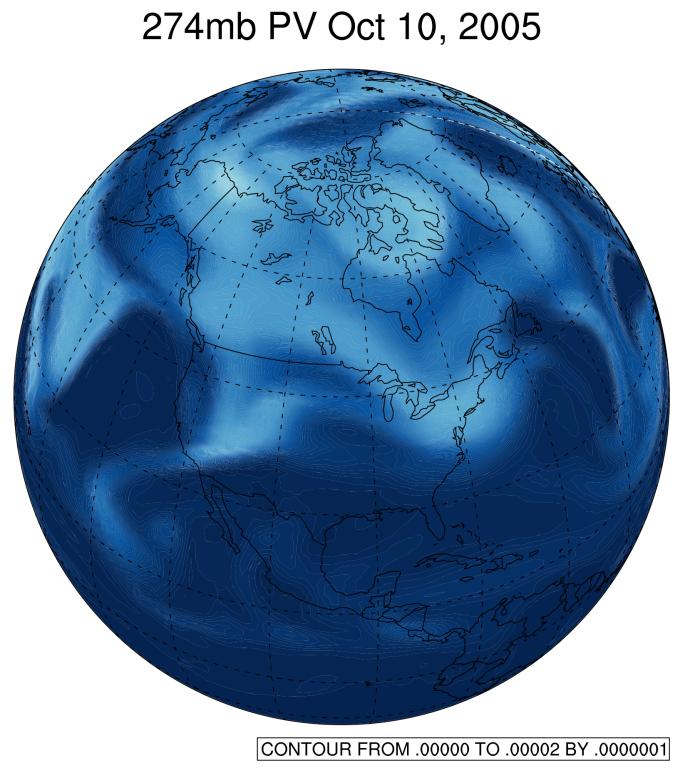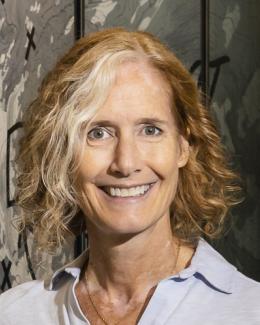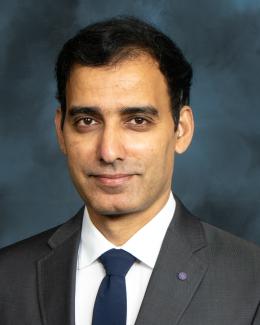Project Details

The initial part of our research will employ atmospheric observational data and focus on (a) objectively characterizing large-scale meteorological patterns (LMPs) associated with different classes of extreme weather events (EWEs) and (b) developing simple and concise atmospheric circulation metrics for identifying such LMPs in gridded datasets. We expect that atmospheric blocking will play a critical role in several EWE classes. Secondly, our project consists of a detailed diagnosis of the physical mechanisms by which (a) the implicated LMPs arise, (b) LMPs enact EWEs and (c) natural modes of climate variability (i.e., planetary-scale climate modes [PCMs]) serve to modulate LMPs/EWEs. The diagnostic results will be used to construct a set of dynamical metrics and incorporate them into a formal evaluation process to be used in DOE model development efforts. The third part of our project is the parallel study of EWEs, LMPs and PCMs in simulations of historical and future climate. There is particular interest in studying the benefits gained through enhanced model resolution by examining coupled model simulations conducted at ORNL.
Funding Source: DOE BER RGCM program
Principle Investigator: Rob Black - Georgia Tech, Kate Evans - ORNL PI



